Bihari food has come a long way. From being served in mobile wood-carts and food stalls, dishes like sattu and litti chokha have found their way into deluxe restaurants in Delhi. Nivriti Butalia reports …
'You don’t get good sattu here’ is the unified cry of Biharis in Delhi who willingly spend time in kitchens — commercial or domestic. Whether it’s two young ladies who run a restaurant that serves ‘gourmet Bihari cuisine’, a Jamshedpur-based chef and visiting mum-in-law of an amateur Bihari cook, or a PhD-in-Urdu-flaunting-celebrity-hosting dhaba-owner who can whip up litti-chokha in his sleep. You don’t get good sattu here.
Sattu and litti chokha are the staples of a Bihari palate. If you roast black gram/chickpea and grind it, the resulting powder is sattu. Litti is something of a round hard bread, the roasted dough made of sattu. And chokha is the potato-tomato-brinjal veggie mash you eat with the litti. It’s simple food.

Dr Shahzad Ibrahimi aka Mamu
Screenwriters and film directors Sudhir Mishra and Anuraag Kashyap (revelling in the acclaim of Gangs of Wasseypur) had a craving for the simplicity of litti chokha last week, and landed up, post-midnight, with a group of 25 at Mamu’s Dhaba, the famous hang-out in the extensive, rocky campus of Jawaharlal Nehru University. Mamu, aka Dr Shahzad Ibrahimi, with his doctorate in Urdu and his love of banter and poetry and story-telling, had a lively exchange with the gang and especially Kashyap, who if you believe Mamu, said to him: mein sabko bhool sakta hoon, par aapko nahin (it’s possible I forget everyone else, but how can I not remember you?). Kashyap is obviously not off there, because Mamu has hardly the personality of a wall flower. A sattu drink may not be on the menu, but if you ask, he goes inside and whips up a glass of the cooling, filling, energy-granting, underrated Bihari beverage.
If you look in the right places, Delhi and the National Capital Region, packed as it is with migrants from Bihar and UP, has at least a dozen nondescript mobile wood-carts and food stalls (in Noida, UP, and in Mayur Vihar and Pitampura, Delhi) that do fabulous business at lunch, catering to rickshaw-pullers and labourers who are lined up at noon for a taste of food back home.
Food is affordable here as prices begin from Rs10. For Rs30, one can have a full feast or the Bihari thali. It may not be gourmet stuff, but often it’s the closest thing to authentic food.
One man’s delicacy is another’s regular. And so, apart from the Biharis, not too many of us bother to hunt down the food carts in remote corners of the amoeba-like spread out Capital city. This is where the restaurant, Potbelly, comes in. Compared to rickety food carts near metro stations serving migrants a hot meal, Potbelly is ‘deluxe’. The restaurant, which is yet to complete a year since it opened, is the baby of business partners Puja Sahu and Vivita Relan. Puja’s mother, Mamta Sahu (who gets her sattu ground from back home in Muzzafarpur, Bihar) taught the chefs her recipes, and is in the restaurant’s kitchen every other day, tweaking, supervising and improving the keema aloo chaap, the dehati fish, and, of course, the litti chokha.

Mamta Sahu at Potbelly
My colleague, Ashutosh Kumar, home for whom is Patna, was willingly taken along to check out the food at Potbelly, and judge for me its authenticity. Kumar at once dismissed the iced teas and juices and cold coffees on the menu and instead ordered a sattu drink, which was his litmus test.
And the litmus drink took forever to arrive. But when the tray showed up, holding not the watery solutions we suspected might be in those glasses, the litmus test was assumed cleared. He was bowled over by the pickle, the deadly Ool ka achaar, so much so that he told Mrs Sahu it’s been forever since he even heard anyone say ‘Ool’ (jimikand or yam).
Next came other traditional dishes: chawal ke dane ki roti (rotis stuffed with rice) and on the side, jhamadua (a vegetable stew of eggplant and potato). And in attacking the jhamdua, makhane ki kheer (a desert made of Sweet thickened milk and lotus seeds) and ande ka halwa (egg pudding), we shamed vultures.
Sattu drink
Ingredients
Roasted and powdered Bengal gram or chickpea
Water
Lime
Mint leaves and or coriander
Black salt
Roasted jeera
Green chillies
Chopped onions. Proportions: To taste.
Approx time to prepare: 10 mins. Serves two.
Method
Empty five heaped tablespoons of sattu in a big jug. Add water and stir with a whisk till the powder turns thick into a thick paste. Add more water. Make sure there are no lumps. Keep stirring till the consistency is like chocolate sauce. Add salt, black salt, water, lemon, pudhina, dhaniya. Stir. Blend. Pour into glasses. Sprinkle jeera and green chillies on top as garnish.
Thekua (sweet snack, a cookie)
Ingredients
Flour
Pure ghee
Fennel seeds and or finely chopped dried coconut
Jaggery made from dates (but even regular jaggery will do). Approx time to prepare: 25 mins
Method
Mix into the flour dough fennel, coconut and ghee. Blend it well together. Melt the jaggery in water over low heat before adding this to the dough. Knead again. Shape into long strips or round cookie like shapes. Press the dough either on to a wooden design press, the imprint of a plastic basket or the back of a fork, to make a criss cross pattern.
Once the shapes are ready, deep fry and let it cool. Thekua is ready to eat. Can be stored in ziploc bags in the fridge.
![submenu-img]() Viral video: Ghana man smashes world record by hugging over 1,100 trees in just one hour
Viral video: Ghana man smashes world record by hugging over 1,100 trees in just one hour![submenu-img]() This actress, who gave blockbusters, starved to look good, fainted at many events; later was found dead at...
This actress, who gave blockbusters, starved to look good, fainted at many events; later was found dead at...![submenu-img]() Taarak Mehta actor Gurucharan Singh operated more than 10 bank accounts: Report
Taarak Mehta actor Gurucharan Singh operated more than 10 bank accounts: Report![submenu-img]() Ambani, Adani, Tata will move to Dubai if…: Economist shares insights on inheritance tax
Ambani, Adani, Tata will move to Dubai if…: Economist shares insights on inheritance tax![submenu-img]() Cargo plane lands without front wheels in terrifying viral video, watch
Cargo plane lands without front wheels in terrifying viral video, watch![submenu-img]() DNA Verified: Is CAA an anti-Muslim law? Centre terms news report as 'misleading'
DNA Verified: Is CAA an anti-Muslim law? Centre terms news report as 'misleading'![submenu-img]() DNA Verified: Lok Sabha Elections 2024 to be held on April 19? Know truth behind viral message
DNA Verified: Lok Sabha Elections 2024 to be held on April 19? Know truth behind viral message![submenu-img]() DNA Verified: Modi govt giving students free laptops under 'One Student One Laptop' scheme? Know truth here
DNA Verified: Modi govt giving students free laptops under 'One Student One Laptop' scheme? Know truth here![submenu-img]() DNA Verified: Shah Rukh Khan denies reports of his role in release of India's naval officers from Qatar
DNA Verified: Shah Rukh Khan denies reports of his role in release of India's naval officers from Qatar![submenu-img]() DNA Verified: Is govt providing Rs 1.6 lakh benefit to girls under PM Ladli Laxmi Yojana? Know truth
DNA Verified: Is govt providing Rs 1.6 lakh benefit to girls under PM Ladli Laxmi Yojana? Know truth![submenu-img]() Alia Bhatt wears elegant saree made by 163 people over 1965 hours to Met Gala 2024, fans call her ‘princess Jasmine’
Alia Bhatt wears elegant saree made by 163 people over 1965 hours to Met Gala 2024, fans call her ‘princess Jasmine’![submenu-img]() Jr NTR-Lakshmi Pranathi's 13th wedding anniversary: Here's how strangers became soulmates
Jr NTR-Lakshmi Pranathi's 13th wedding anniversary: Here's how strangers became soulmates![submenu-img]() Streaming This Week: Heeramandi, Shaitaan, Manjummel Boys, latest OTT releases to binge-watch
Streaming This Week: Heeramandi, Shaitaan, Manjummel Boys, latest OTT releases to binge-watch![submenu-img]() Remember Ayesha Kapur? Michelle from Black, here's how actress, nutrition coach, entrepreneur looks after 19 years
Remember Ayesha Kapur? Michelle from Black, here's how actress, nutrition coach, entrepreneur looks after 19 years![submenu-img]() Remember Heyy Babyy's cute 'Angel' Juanna Sanghvi? 20 year-old looks unrecognisable now, fans say 'her comeback will...'
Remember Heyy Babyy's cute 'Angel' Juanna Sanghvi? 20 year-old looks unrecognisable now, fans say 'her comeback will...'![submenu-img]() Haryana Political Crisis: Will 3 independent MLAs support withdrawal impact the present Nayab Saini led-BJP government?
Haryana Political Crisis: Will 3 independent MLAs support withdrawal impact the present Nayab Saini led-BJP government?![submenu-img]() DNA Explainer: Why Harvey Weinstein's rape conviction was overturned, will beleaguered Hollywood mogul get out of jail?
DNA Explainer: Why Harvey Weinstein's rape conviction was overturned, will beleaguered Hollywood mogul get out of jail?![submenu-img]() What is inheritance tax?
What is inheritance tax?![submenu-img]() DNA Explainer: What is cloud seeding which is blamed for wreaking havoc in Dubai?
DNA Explainer: What is cloud seeding which is blamed for wreaking havoc in Dubai?![submenu-img]() DNA Explainer: What is Israel's Arrow-3 defence system used to intercept Iran's missile attack?
DNA Explainer: What is Israel's Arrow-3 defence system used to intercept Iran's missile attack?![submenu-img]() This actress, who gave blockbusters, starved to look good, fainted at many events; later was found dead at...
This actress, who gave blockbusters, starved to look good, fainted at many events; later was found dead at...![submenu-img]() Taarak Mehta actor Gurucharan Singh operated more than 10 bank accounts: Report
Taarak Mehta actor Gurucharan Singh operated more than 10 bank accounts: Report![submenu-img]() Aavesham OTT release: When, where to watch Fahadh Faasil's blockbuster action comedy
Aavesham OTT release: When, where to watch Fahadh Faasil's blockbuster action comedy![submenu-img]() Sonakshi Sinha slams trolls for crticising Heeramandi while praising Bridgerton: ‘Bhansali is selling you a…’
Sonakshi Sinha slams trolls for crticising Heeramandi while praising Bridgerton: ‘Bhansali is selling you a…’![submenu-img]() Sanjeev Jha reveals why he cast Chandan Roy in his upcoming film Tirichh: 'He is just like a rubber' | Exclusive
Sanjeev Jha reveals why he cast Chandan Roy in his upcoming film Tirichh: 'He is just like a rubber' | Exclusive![submenu-img]() IPL 2024: Mumbai Indians knocked out after Sunrisers Hyderabad beat Lucknow Super Giants by 10 wickets
IPL 2024: Mumbai Indians knocked out after Sunrisers Hyderabad beat Lucknow Super Giants by 10 wickets![submenu-img]() PBKS vs RCB IPL 2024: Predicted playing XI, live streaming details, weather and pitch report
PBKS vs RCB IPL 2024: Predicted playing XI, live streaming details, weather and pitch report![submenu-img]() PBKS vs RCB IPL 2024 Dream11 prediction: Fantasy cricket tips for Punjab Kings vs Royal Challengers Bengaluru
PBKS vs RCB IPL 2024 Dream11 prediction: Fantasy cricket tips for Punjab Kings vs Royal Challengers Bengaluru![submenu-img]() Watch: Bangladesh cricketer Shakib Al Hassan grabs fan requesting selfie by his neck, video goes viral
Watch: Bangladesh cricketer Shakib Al Hassan grabs fan requesting selfie by his neck, video goes viral![submenu-img]() IPL 2024 Points table, Orange and Purple Cap list after Delhi Capitals beat Rajasthan Royals by 20 runs
IPL 2024 Points table, Orange and Purple Cap list after Delhi Capitals beat Rajasthan Royals by 20 runs![submenu-img]() Viral video: Ghana man smashes world record by hugging over 1,100 trees in just one hour
Viral video: Ghana man smashes world record by hugging over 1,100 trees in just one hour![submenu-img]() Cargo plane lands without front wheels in terrifying viral video, watch
Cargo plane lands without front wheels in terrifying viral video, watch![submenu-img]() Tiger cub mimics its mother in viral video, internet can't help but go aww
Tiger cub mimics its mother in viral video, internet can't help but go aww![submenu-img]() Octopus crawls across dining table in viral video, internet is shocked
Octopus crawls across dining table in viral video, internet is shocked![submenu-img]() This Rs 917 crore high-speed rail bridge took 9 years to build, but it leads nowhere, know why
This Rs 917 crore high-speed rail bridge took 9 years to build, but it leads nowhere, know why 

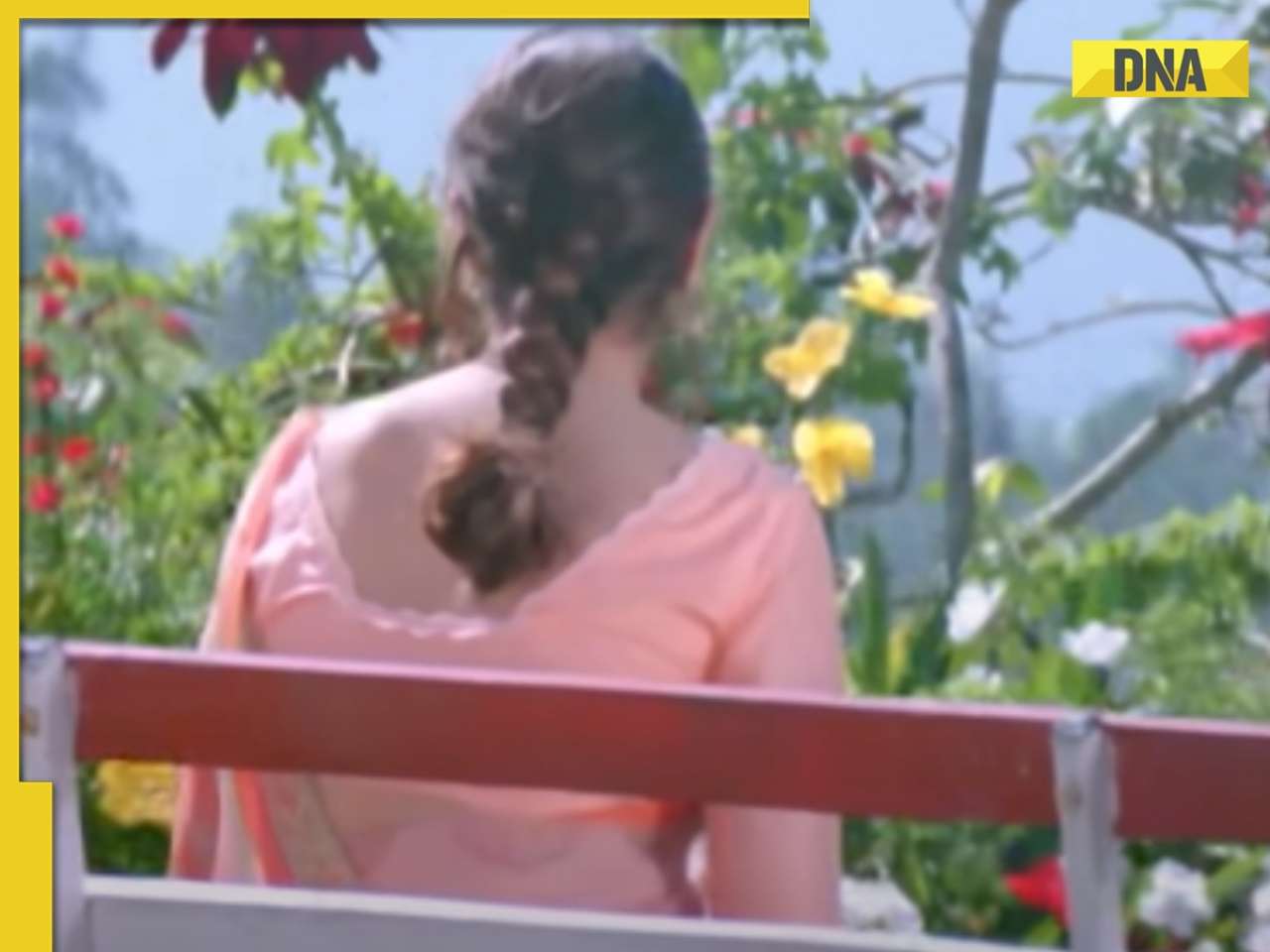


























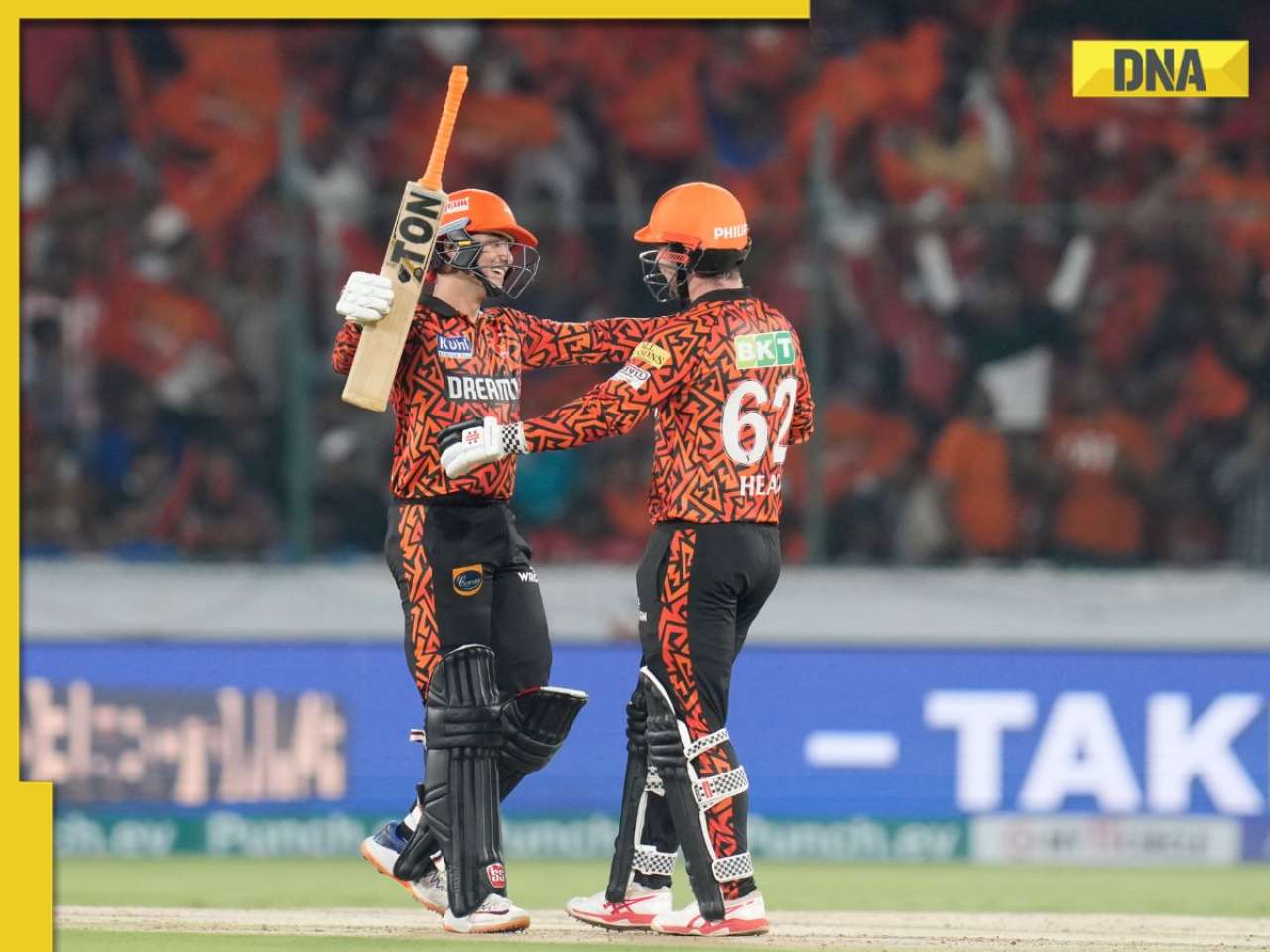
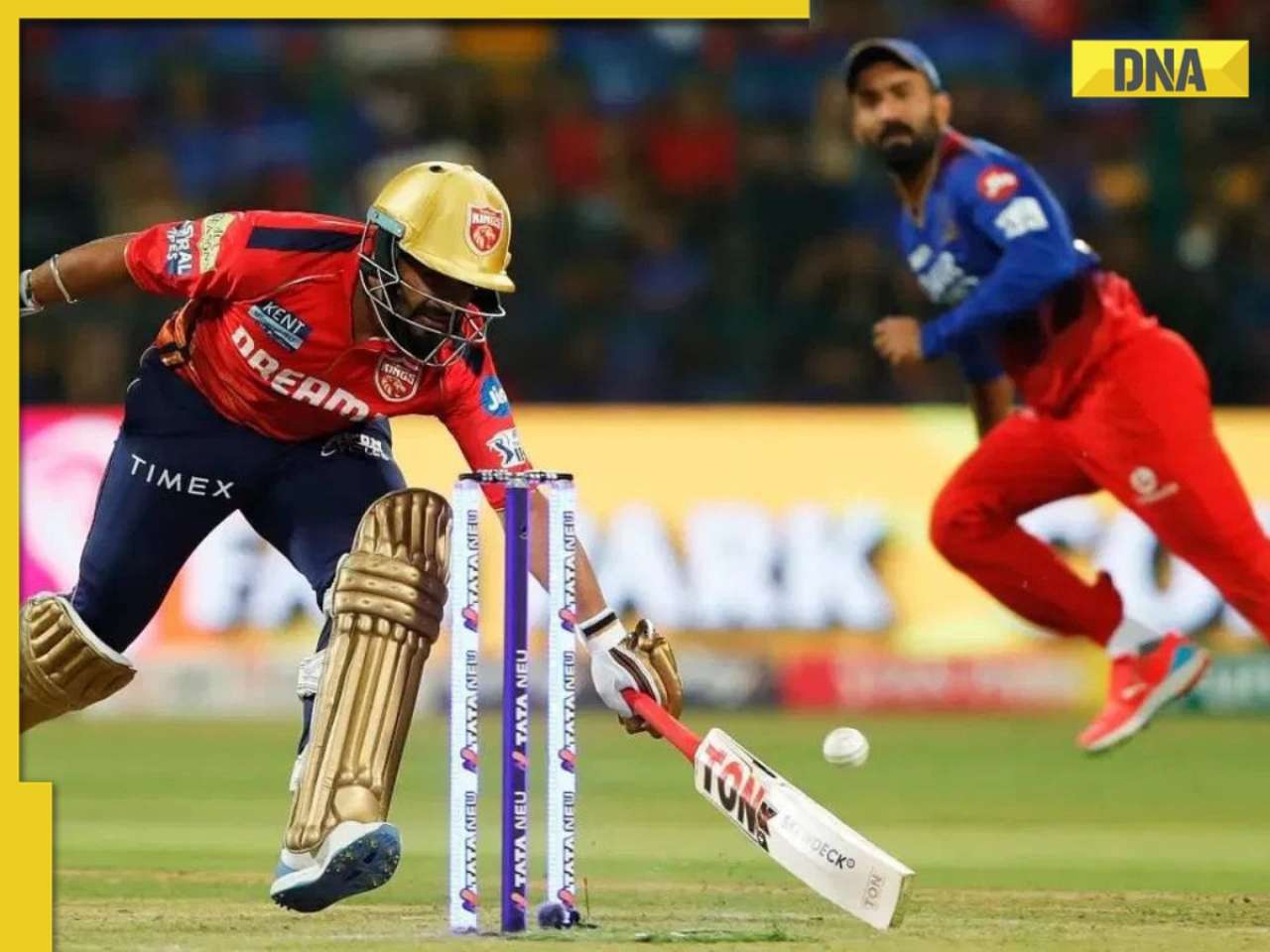
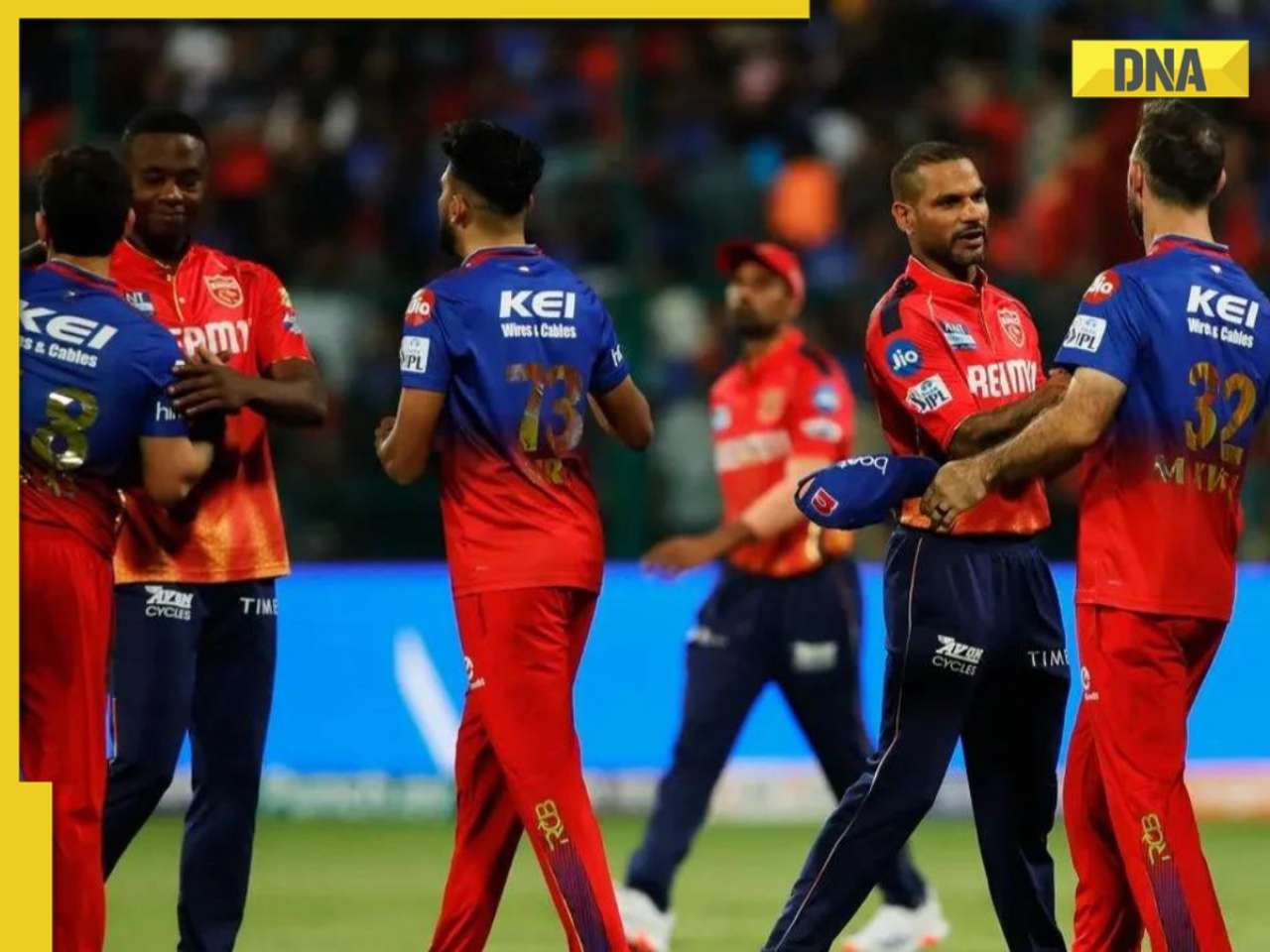

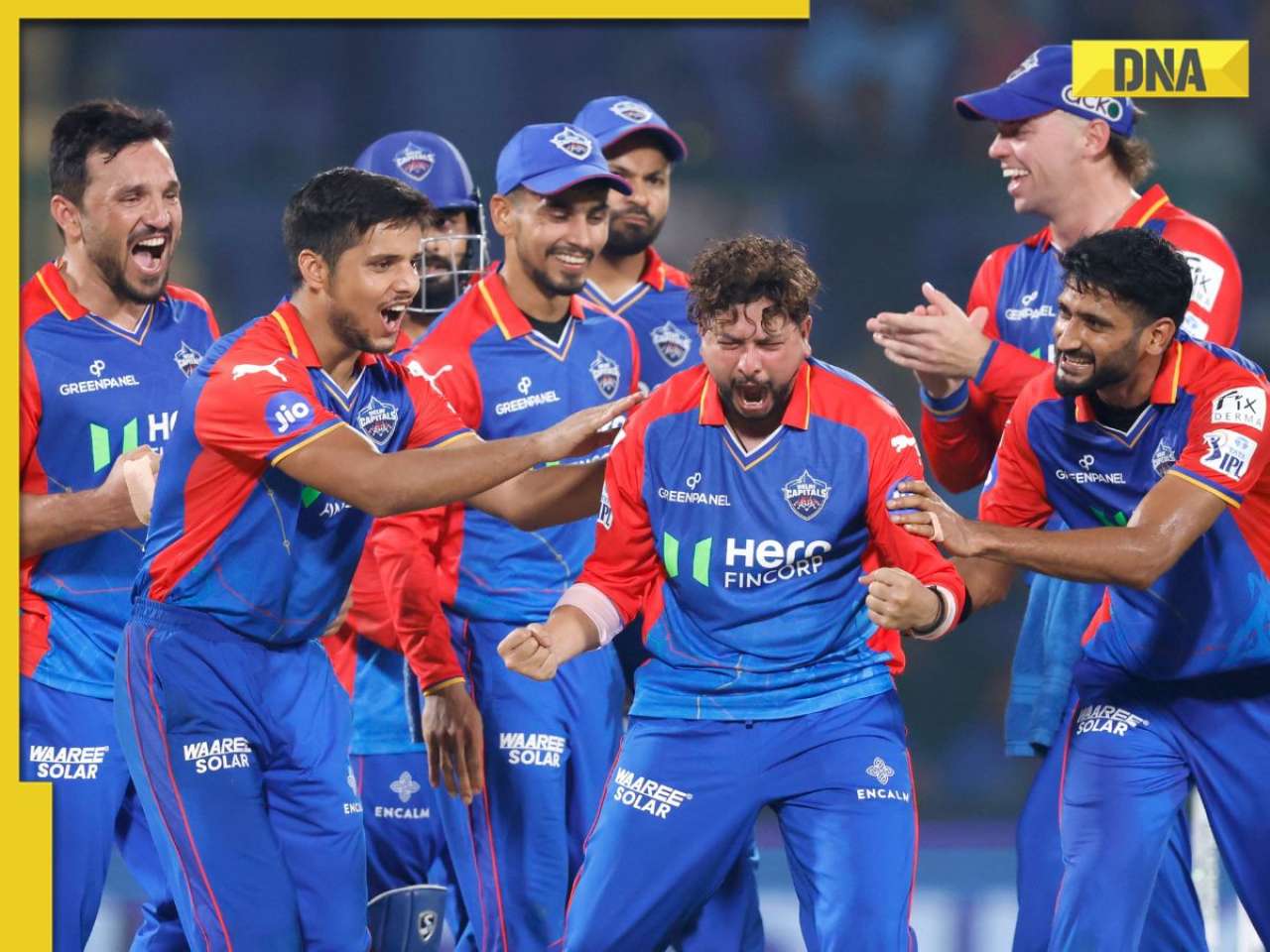

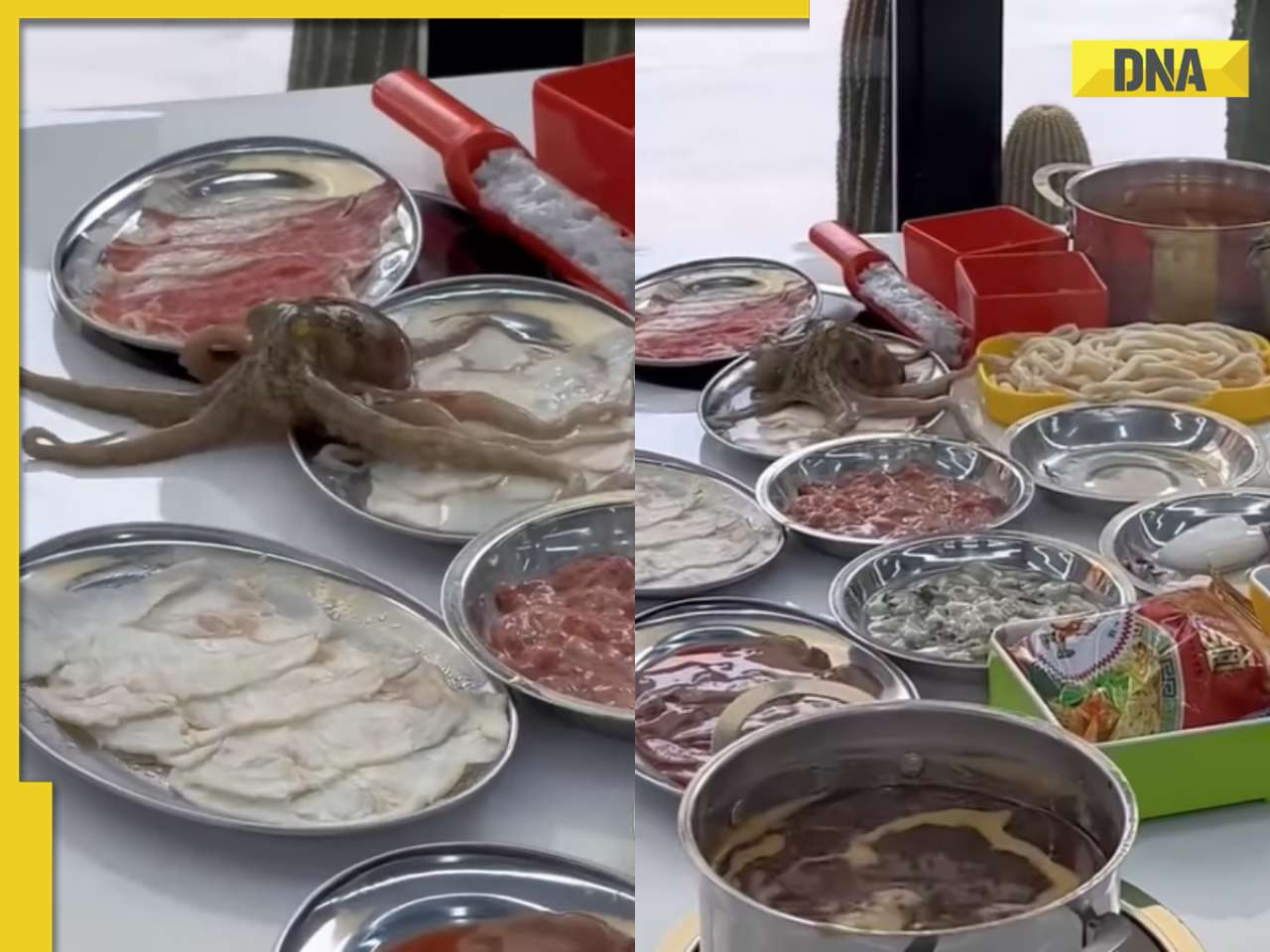


)












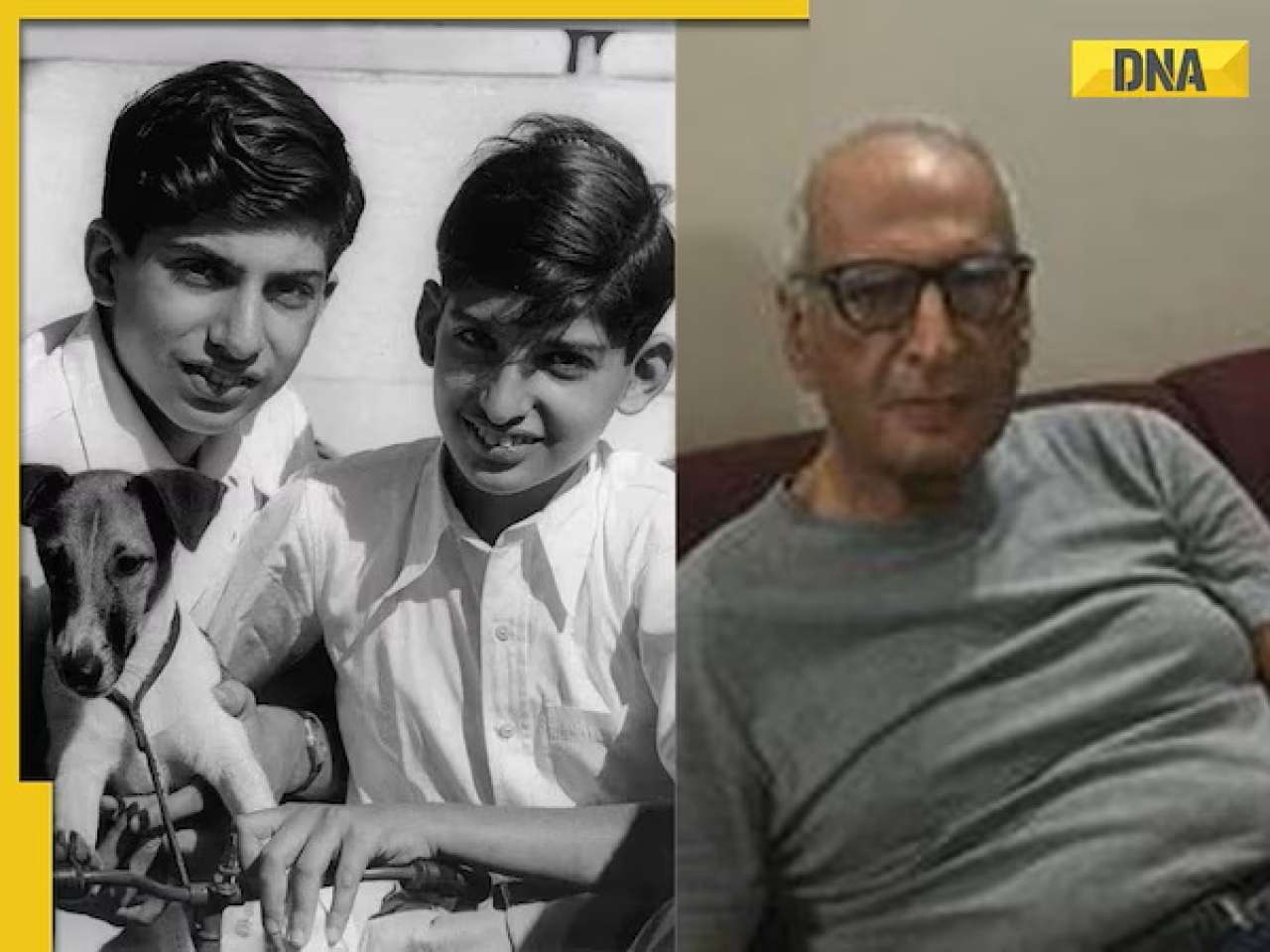

)
)




)
)
)
)
)
)